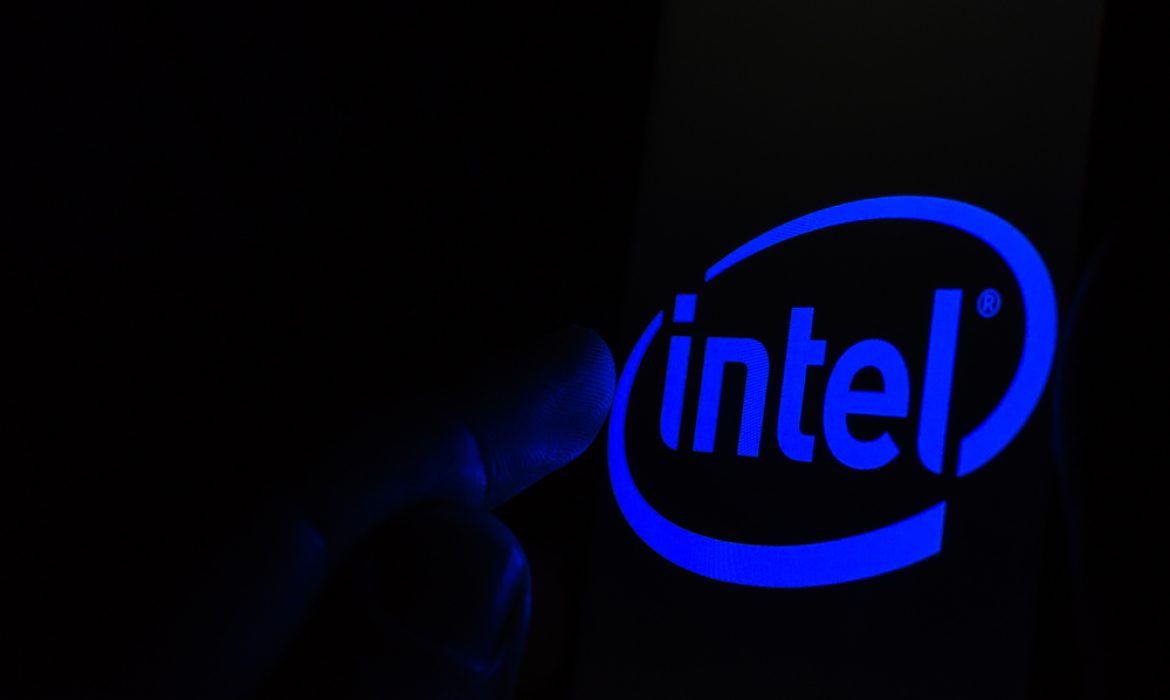The tech giant made waves by revealing its strategic vision for the future. In a bold move, Intel announced its plans to initiate production/development of the Intel 10A node, boasting an impressive 1nm analog, set to hit the market in late 2027. Simultaneously, the company has set its sights on the 14A (1.4nm) node, with production slated for 2026. A game-changer is on the horizon, as Intel is diligently working on fully autonomous AI-based fabs.
A Quantum Leap: Intel’s 1nm Manufacturing Process
Breaking away from previous ambiguity, Intel clarified that the production of the 14A node is on track for 2026. However, the real excitement stems from the revelation that the 10A node, Intel’s first foray into the 1nm class node, will commence production in late 2027. The ‘A’ suffix, representing angstrom, equates to 10 angstroms per nanometer. This advancement signals a significant leap in the microprocessing landscape.
Powering the Future: 10A Node’s Potential
While details on the 10A node remain under wraps, Intel assured the public of double-digit power/performance improvements. The anticipated leap over the 14A node is projected to be an impressive 14-15%. Intel’s commitment to pushing technological boundaries is evident in its relentless pursuit of innovation.
Packaging Precision: Foveros, EMIB, SIP, and HBI Capacity Boost
Intel is not just focusing on miniaturization; the company is set to aggressively expand its packaging capabilities. Foveros, EMIB, SIP, and HBI packaging capacity will see a substantial boost. This strategic move ensures a stable supply chain for advanced processors with intricate packaging, including High Bandwidth Memory (HBM).
Global Reach and Automation: Ensuring Redundancy and Efficiency
Geographically distributed manufacturing facilities are part of Intel’s plan to establish global redundancy and offer customers a supply chain exclusively based in America. The company is placing a heavy emphasis on automation, intending to incorporate artificial intelligence across all production segments. From capacity planning to manufacturing operations, Intel envisions a future where AI plays a pivotal role, even introducing AI “Cobots” for collaborative efforts alongside human workers.
A Glimpse into the Future: AI-Driven Revolution
While Intel hasn’t provided a specific timeframe for these transformative changes, the integration of AI in all facets of production is poised to reshape the company’s landscape. The introduction of AI “Cobots” and extensive robotic automation represents a paradigm shift in manufacturing processes. As Intel charts its course towards a future powered by advanced nodes and autonomous operations, the tech world eagerly anticipates the ripple effects of these groundbreaking developments.
Source: Tom’s Hardware
